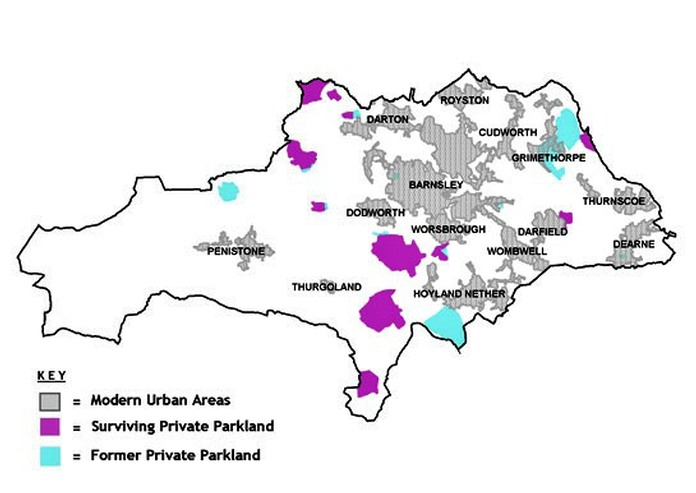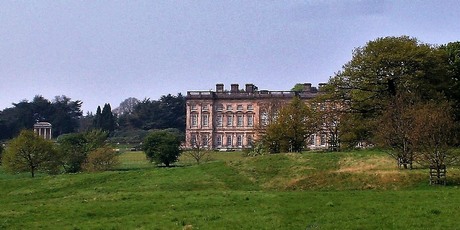

Biodiversity
Action
Plan


Local Wildlife Sites with parkland habitat
22 Stainborough Park
48 Bretton Park
Other LWSs contain veteran trees, eg: Rockley Woods, Hoyland Bank Wood.
Other parkland habitat sites that should be considered for LWS status include Cannon Hall parkland and Wortley Hall parkland.
Additional old parkland sites and areas of grazed wood pasture elsewhere may also be considered,
Parkland and Wood Pasture Sites
Surviving historic parkland in Barnsley is mainly in a corridor to the west of the M1 from Bretton to Wortley and Wharncliffe.
Barnsley Council’s Local Plan identifies a corridor of historic parklands from Bretton to Wortley and Wharncliffe.
Barnsley’s historic parklands were developed in the 17th to early 19th centuries; with some replacing medieval deer parks.
The earliest known deer park was at Tankersley, with others at Wortley, Wharncliffe, Gunthwaite and Brierley established by the 15th and 16th centuries.
Other examples of historic parklands include
Haigh, Birthwaite, Noblethorpe, Burnt Wood, Middlewood, Worsbrough and Wharncliffe.
Parkland & Wood Pasture Sites

A few areas of grazed wooded pasture remain outside the historic parklands
Historic England’s Register of Historic Parks and Gardens includes grade 1 listed Stainborough Park and grade 2 listed Bretton, Cannon Hall, Wortley, and Locke Park.

Map of historic parklands from South Yorkshire Historic Environment Characterisation produced by South Yorkshire Archaeology Service.
For more details: sytimescapes.org.uk.
These include Gosling Moor near Wortley (pictured)
as well as an area in Green Moor, and one between Swindon and Hordron Lane.
Most veteran trees are found in surviving historic parklands and wood pasture.
However they can also be found in small numbers or as isolated individuals, near old tracks and farmsteads, in hedgerows and as relics of older landscapes, elsewhere.